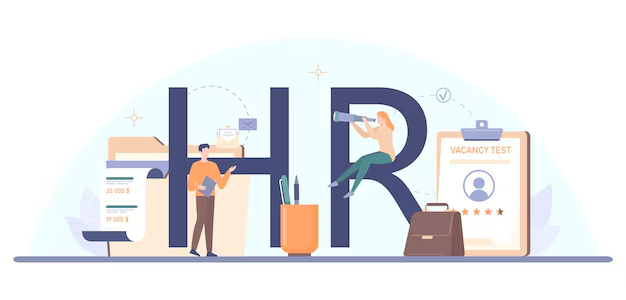What is Unconscious Bias?
Unconscious bias refers to the automatic judgments or stereotypes that individuals hold without being aware of them. These biases can be influenced by a variety of factors, including race, gender, age, sexual orientation, and more. While unconscious bias can affect any aspect of life, it has significant implications in the workplace, particularly in decision-making related to hiring, promotions, and performance evaluations.
Types of Unconscious Bias
- Affinity Bias:
People tend to favor those who are similar to them in terms of background, interests, or identity. This bias can impact hiring decisions and workplace relationships. - Confirmation Bias:
This occurs when individuals seek out or interpret information that confirms their preexisting beliefs, while disregarding evidence that contradicts them. This can impact decisions regarding employee performance or potential. - Gender Bias:
Gender bias involves stereotypes about men and women that influence hiring or promotion decisions. It can lead to unequal opportunities and reinforce traditional gender roles. - Age Bias:
Age bias occurs when individuals make assumptions based on an employee’s age, either assuming younger workers lack experience or that older workers are less adaptable to change. - Halo/Horns Effect:
This bias occurs when one positive or negative trait influences the overall judgment of an individual. For example, a single success might lead to overestimating someone’s overall capabilities, while a single failure might result in unfairly underestimating their abilities. - Racial or Ethnic Bias:
This bias involves making decisions or forming opinions about people based on their race or ethnicity, often leading to unfair treatment or discrimination in the workplace.
The Impact of Unconscious Bias in the Workplace
- Inequitable Hiring Practices:
Unconscious bias can lead to biased recruitment processes, where certain groups are favored over others based on implicit preferences rather than objective qualifications. - Limited Diversity and Inclusion:
Bias in decision-making can result in a lack of diversity within teams and leadership, impacting creativity, innovation, and overall business performance. - Ineffective Performance Reviews:
Unconscious bias can skew how employees are evaluated, leading to favoritism, unfair assessments, and missed opportunities for some individuals to be recognized for their achievements. - Decreased Employee Morale and Engagement:
When employees perceive bias in decisions, such as hiring or promotions, it can lead to frustration, disengagement, and a feeling of being undervalued or discriminated against.
Strategies to Minimize Unconscious Bias
- Bias Training:
Offering regular training sessions on unconscious bias can help raise awareness and encourage employees and leaders to reflect on their biases and how they affect decision-making. - Standardize Processes:
Implementing structured interviews and standardized evaluation criteria can reduce the potential for bias in hiring, promotions, and performance reviews. - Diversify Leadership:
Having diverse leadership teams can help challenge biases and create a more inclusive and equitable environment that promotes diversity in all areas of the organization. - Encourage Feedback and Self-Reflection:
Encourage employees to reflect on their biases and seek feedback from others. Acknowledging unconscious bias is the first step toward mitigating its impact. - Promote Diversity and Inclusion Programs:
Establish programs that encourage diverse hiring, inclusive decision-making, and a supportive work environment for all employees.
Conclusion
Unconscious bias can have significant consequences in the workplace, from skewed hiring decisions to diminished employee morale. By recognizing and addressing these biases, organizations can foster a more inclusive and equitable workplace that encourages diversity and drives better business outcomes. Through awareness, training, and structured processes, businesses can reduce the impact of unconscious bias and create a fairer environment for all employees.
